An ailing man taking his medical marijuana treatment into his own hands. A farmer trying to ease her partner's PTSD. A married couple who turned their love for cannabis into a business.
Some of the first Minnesotans to legally grow their own marijuana aren't your typical stoners. They include people with chronic illnesses, teachers and doctorate degree earners.
Minnesota is the 23rd state in the country to legalize recreational marijuana but only the 11th to allow home cultivation. The new law allows people 21 and older to grow up to eight cannabis plants per residence, with no more than four mature and flowering at once. Those growing cannabis at home may gift some of it to others, but they cannot sell it. Plants may be grown indoors or outdoors, but they must be kept in an enclosed, locked space that isn't publicly viewable.
Since it became legal Aug. 1, many Minnesotans have begun growing their own marijuana with varying success. While their reasons for doing so may differ, several people who spoke to the Star Tribune said that using cannabis improves their lives.
Here are their stories.


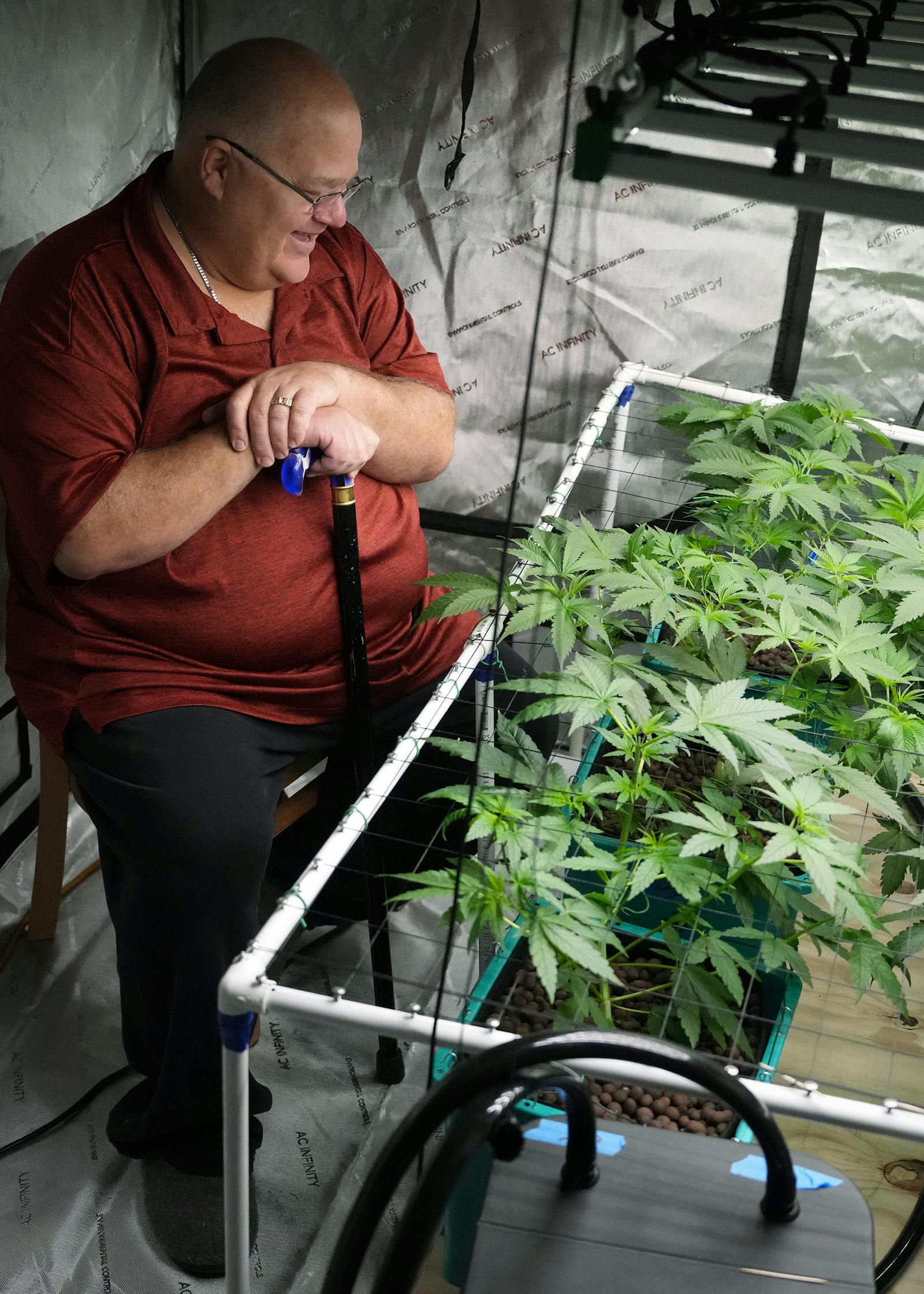
The Patient
Patrick McClellan, 56
Bloomington, MN
Almost a decade ago, Patrick McClellan helped lead the push for the legalization of medical marijuana in Minnesota. Little did he know he would spend thousands of dollars per year on expensive medical cannabis products that never became as affordable as he hoped.
Once home-growing became legal, McClellan saw a path to self-sufficiency where he could produce his own cannabis to relieve the severe pain and muscle spasms caused by his rare form of muscular dystrophy.
Needing a home cultivation system as "hands-off and automated as humanly possible," McClellan said he shelled out more than $2,000 on a sophisticated hydroponic system, tent and LED grow light that, together, will be largely autonomous.
"The only thing I need to do is basic manicure and paring of the plants," McClellan said. "There's a lot of patients that are going to be like me — that don't want to ever go back to the medical manufacturers and are going to try and produce it ourselves."
Other medical cannabis users might not have the money nor the space to set up such a system. McClellan said he hopes state legislators will consider updating the law to allow medical cannabis patients to grow more plants on behalf of other patients who can't do so themselves.


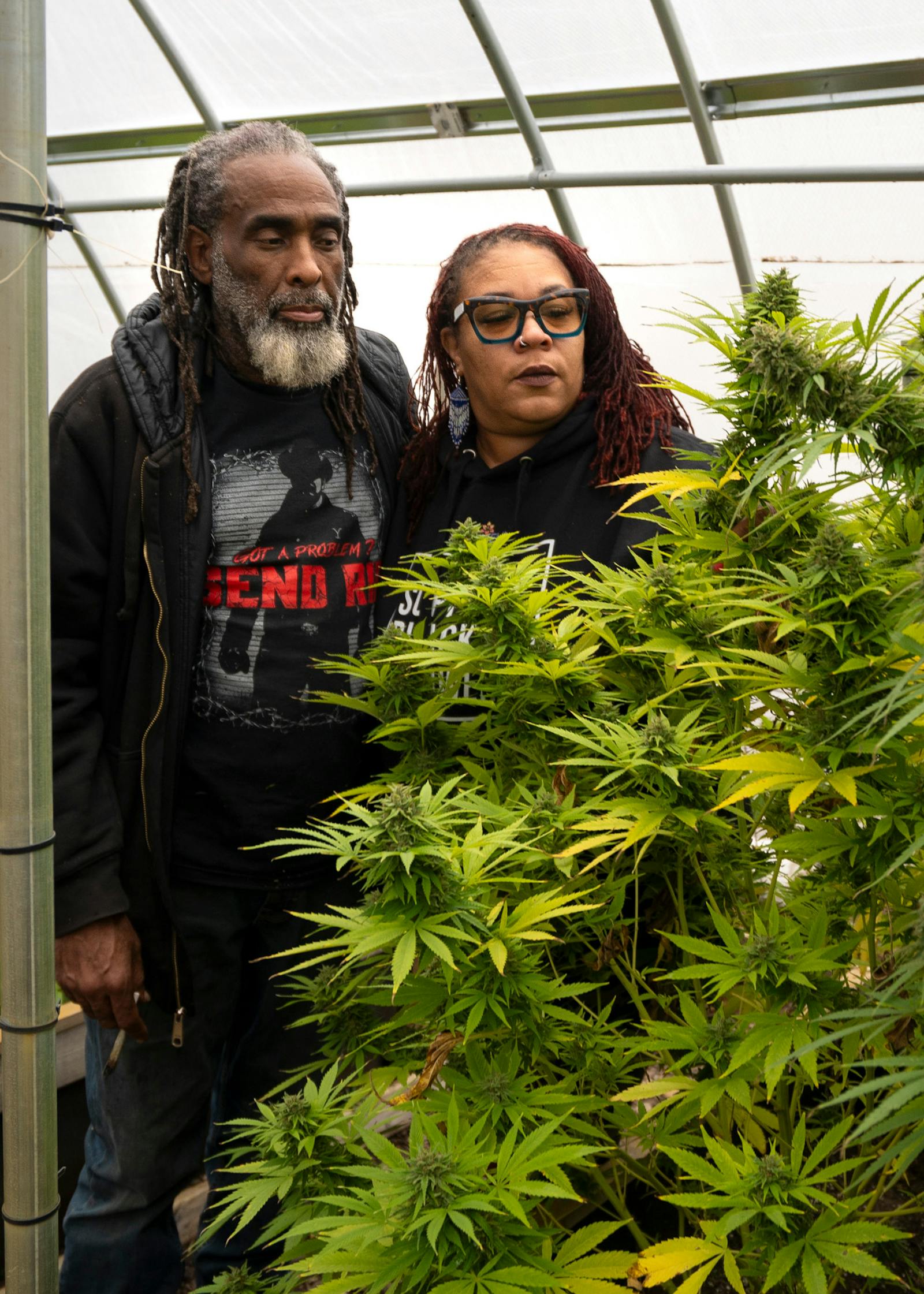
The Farmer
Angela Dawson and Harold Robinson,50 and 58
Rutledge, MN
Angela Dawson understands the cannabis plant better than most. A licensed hemp grower, Dawson said cannabis thrives best when cultivated in a clean environment with adequate lighting and space for its roots to sprawl.
On their farm near Sandstone, more than an hour north of the Twin Cities, Dawson and her husband recently began growing hemp's intoxicating cousin, marijuana. They're cultivating the plants in a hoop house — a greenhouse-like structure — and experimenting with different cannabis seeds to see which grow best in Minnesota's climate.
"We don't really know what strains are good for this area, what's resilient," Dawson said.
Dawson and her husband, Harold, both use cannabis as medicine. She uses it to relieve back pain from an injury she sustained as a track-and-field long jumper, and he treats post-traumatic stress disorder and injuries he suffered in the Army.
By growing it themselves, Dawson said she and her husband gain the peace of mind of knowing their cannabis hasn't been contaminated by unknown chemicals or pesticides. Growing organically is important to Dawson, who said she cultivates cannabis to help her husband and other family members with chronic illnesses.
"I've spoken to so many people with debilitating illnesses that experience a better quality of life with cannabis," Davis said. "I find it a very satisfying way to help other people."

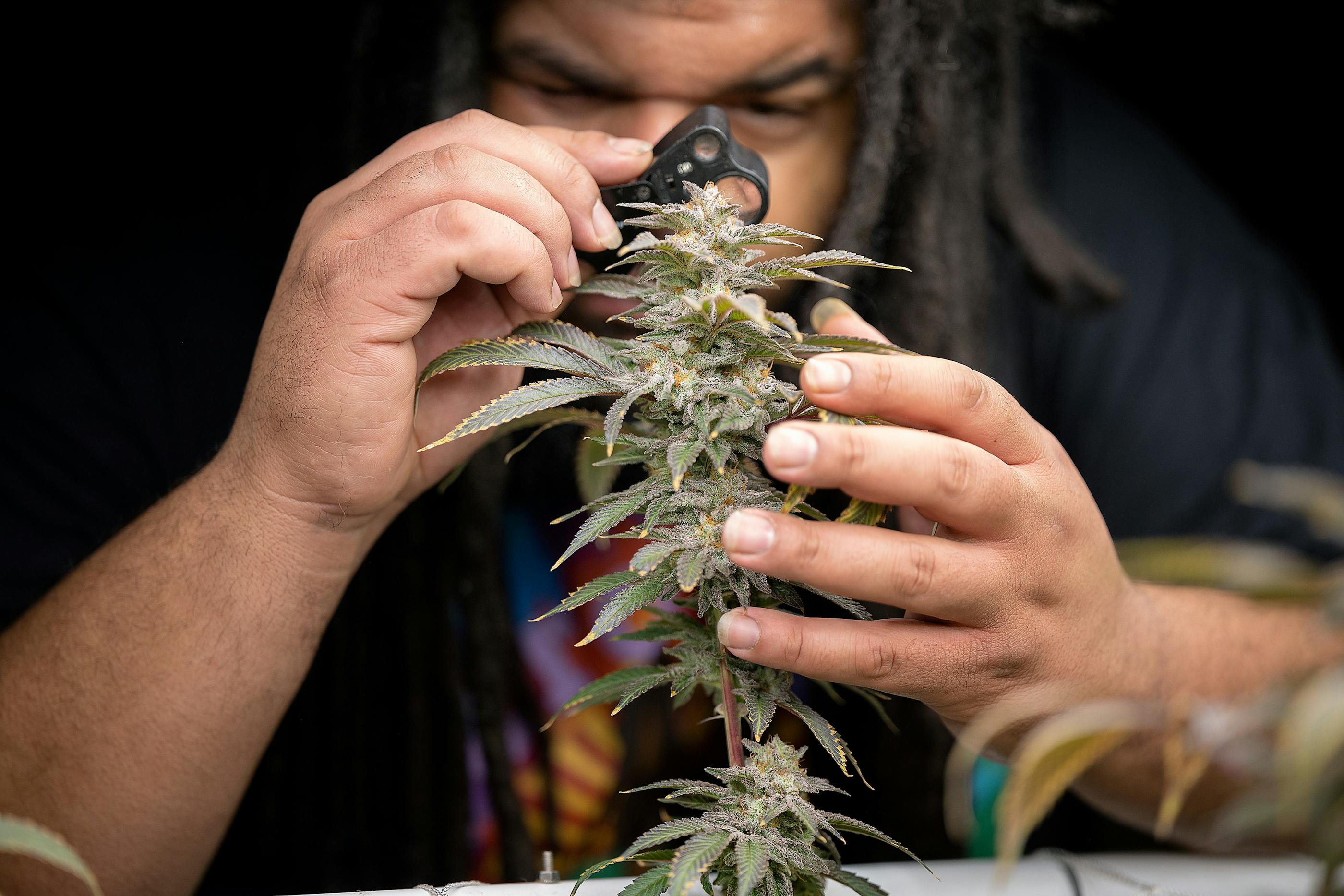

The Scientist
Clemon Dabney, 36
Bloomington, MN
Clemon Dabney's passion for cannabis traces back to his teenage years, when he would trek down to a river by his family's house in Bloomington and grow the plant near its banks.
He followed that curiosity to the University of Minnesota, where he earned a master's degree in applied plant sciences and a PhD in cannabis molecular genetics and genomics. Dabney quickly established himself as an expert in the field, helping set up the Red Lake Nation's medical cannabis program a few years ago and recently interviewing with Gov. Tim Walz for the job of leading Minnesota's new cannabis regulatory agency.
After Walz picked another person for the job last month, Dabney pivoted back to focusing on his work as chief science officer for a local cannabis product manufacturer called Uniflora Holistics. In his day job, he helps the company make hemp-derived products. In his personal time, Dabney grows marijuana at home, not for his own use but to produce high-quality seeds that retail shops can sell to other growers.
If grown correctly, Dabney said a good cannabis seed will produce an aromatic plant with higher levels of THC — the ingredient that causes a high. Inferior seeds may sprout a plant that takes longer to flower and is more susceptible to pests and diseases, he said.
"They're not going to end up with as quality of a final product," Dabney said.


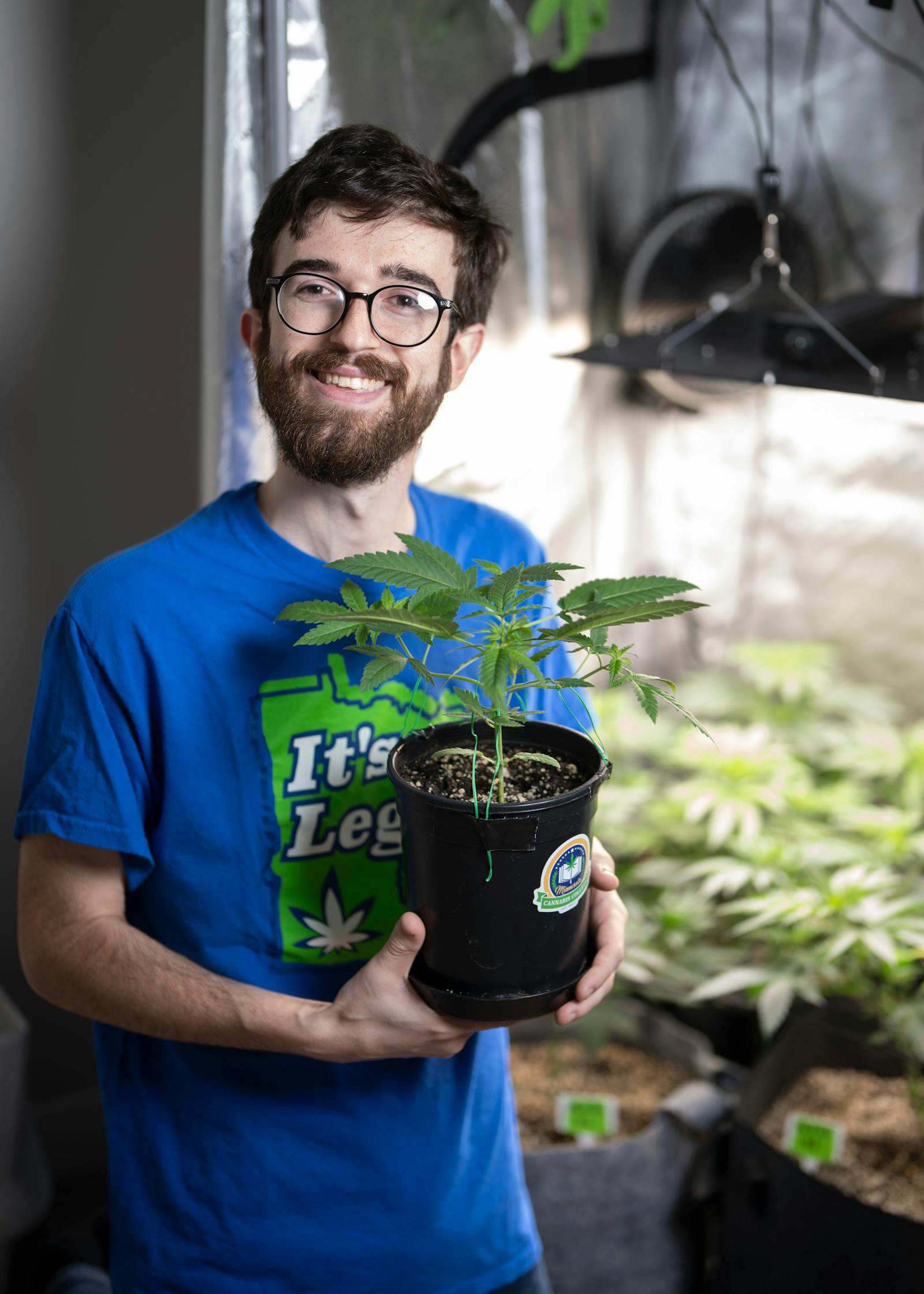
The Teacher
Tanner Berris, 27
St. Anthony Village, MN
Many Minnesotans might be interested in growing their own marijuana but daunted by the process of doing it. Tanner Berris wants to teach them how.
A special education teacher with experience growing and processing hemp, Berris has blended his passions for education and cannabis into one by teaching online home-growing classes.
The nonprofit Minnesota Cannabis College led by Berris offers a four-week online course for $35 that delves into each stage of the cultivation process and the equipment needed for home-growing. Berris, who recently harvested some of his own home-grown cannabis, said the nonprofit has seen "overwhelming" interest in the classes.
"Every single online class that we've had has sold out at least a week or two ahead," Berris said. People young and old, from cities to small towns such as Windom and Morgan, have signed up for the classes, he said.
"Our whole mission is just trying to get the information out there," Berris said. "Part of being a master grower of tomatoes or potatoes or whatever produce means that you're committed to sharing that education with others, and we really try to have that at our core."


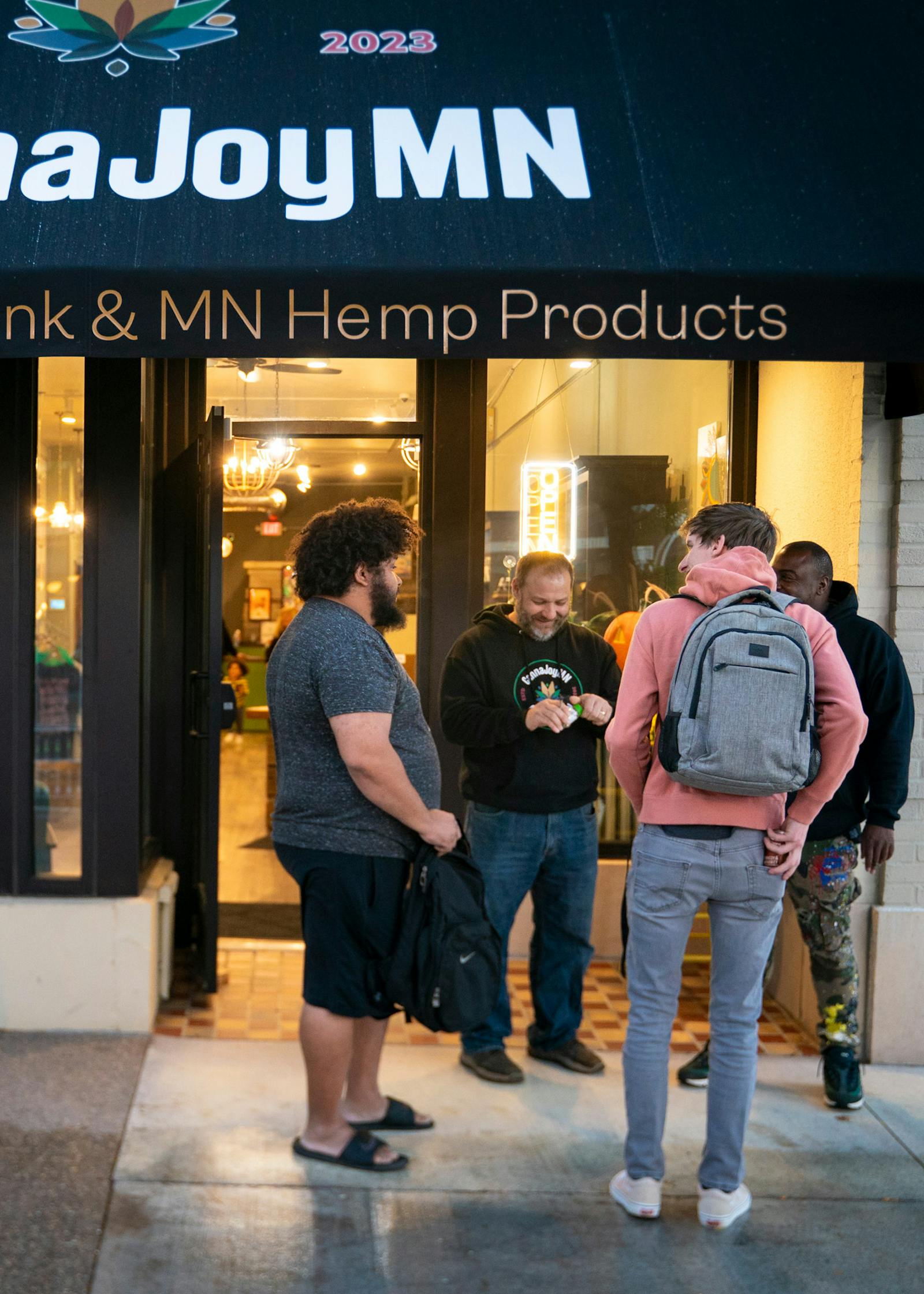
The Entrepreneurs
Bob Walloch, 43
Minneapolis, MN
Bob and Erin Walloch know all about the growing pains that come with cultivating your own marijuana. They started doing so years before it was legal.
After Minnesota legalized recreational marijuana and Bob Walloch suffered a health scare, the married couple started CannaJoy, a Minneapolis retail shop that sells cannabis seeds and hemp-derived edible products.
"The best way to spend our time is together," Bob Walloch said of co-founding the business with his wife. "Life is shorter than you think."
Finding cannabis seeds can be a challenge for home-growers, Bob Walloch said, as they're mostly sold online or in other states. "I think having something local just made a lot of sense," he said.
Beyond giving Minnesotans countless different seeds to choose from, the Wallochs said they hope to connect home-growers with each other so they can build community and share best practices. They hosted a home-grower get-together event at their shop recently, where people traded advice and shared some of their recently harvested cannabis.
"We welcome everybody to CannaJoy," Erin Walloch said. "We want to meet people where they're at on their seed and weed journeys."